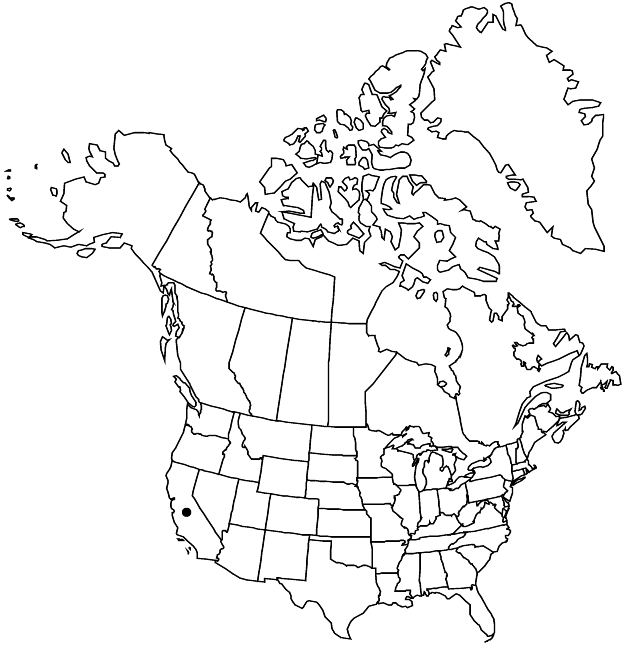Eriogonum umbellatum var. covillei
in P. A. Munz, Suppl. Calif. Fl., 43. 1968.
Herbs, typically prostrate mats, 0.5–1 × 1–5 dm. Aerial flowering stems spreading to erect, 0.3–0.9 dm, thinly tomentose to nearly glabrous, without one or more leaflike bracts ca. midlength. Leaves in tight rosettes; blade usually narrowly elliptic, 0.3–0.6(–1) × 0.2–0.4(–0.6) cm, white-tomentose abaxially, slightly less so and greenish adaxially, margins plane. Inflorescences compact-umbellate; branches 0.2–1 cm, thinly tomentose to floccose, without a whorl of bracts ca. midlength; involucral tubes 1.5–2.5 mm, lobes 1–3 mm. Flowers 2–4(–5) mm; perianth bright yellow.
Phenology: Flowering Jul–Sep.
Habitat: Gravelly to rocky or talus slopes and ridges, high-elevation sagebrush communities, alpine conifer woodlands
Elevation: 3000-3600 m
Discussion
Variety covillei is restricted to the backbone of the Sierra Nevada in Inyo and Tulare counties, and the White Mountains in Mono County; it is rare throughout its range. Clearly it is an alpine derivative of var. nevadense, and some specimens can be difficult to place.
Selected References
None.
